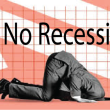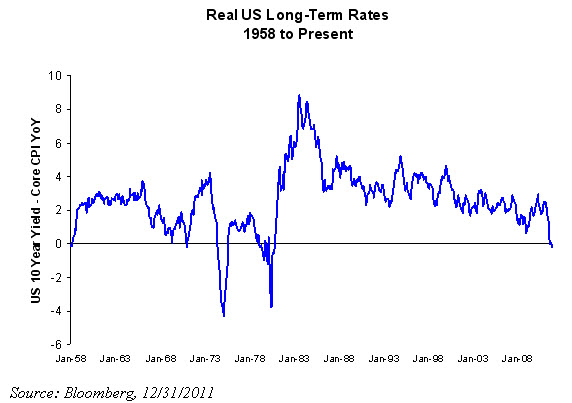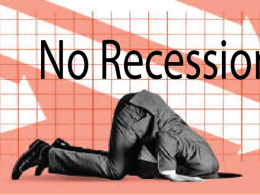by Russ Koesterich, Portfolio Manager, iShares
Just last week, the yield on 10-year Treasury notes slid in response to the Federal Reserve’s announcement that interest rates would remain low through 2014, and yields dropped further early this week on concerns about Europe.
With the yield on 10-year notes now hovering around 2% and core inflation at its highest level in over three years, the spread between the 10-year Treasury yield and core inflation is currently at its most negative since 1980, as the chart below shows.
This continues a trend that began last September when the yield on the 10-year Treasury note dipped below the rate of core inflation for the first time in 30 years. As I write in my recent Market Update piece, it’s hard to justify locking in this flat to negative real yield for a couple reasons.
For long-term investors, buying a Treasury note or bond at current yields only makes sense if you expect the United States to slip into Japanese-style deflation. However, this scenario isn’t likely. Core inflation – inflation excluding food and energy prices — is still rising, albeit from low levels. In December, core inflation hit 2.2%, the highest level since the fall of 2008.
In addition, today’s low coupon means that the effective duration – i.e. a bond’s sensitivity to interest rates — is higher than in the past. In other words, not only are real yields negative, but Treasuries are likely to be more volatile than in the past.
In short, unless inflation falls substantially, investors in 10-year notes are accepting a flat to negative real return. In addition to a loss of purchasing power, they are also implicitly accepting more risk. This is a heavy price to pay for the security of a safe-haven asset. As such, I continue to advocate that long-term investors underweight US Treasuries.
Copyright © iShares












